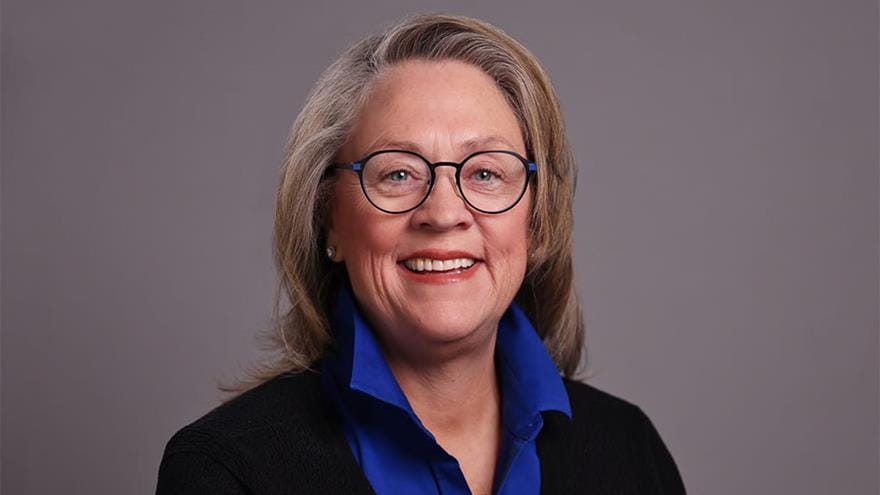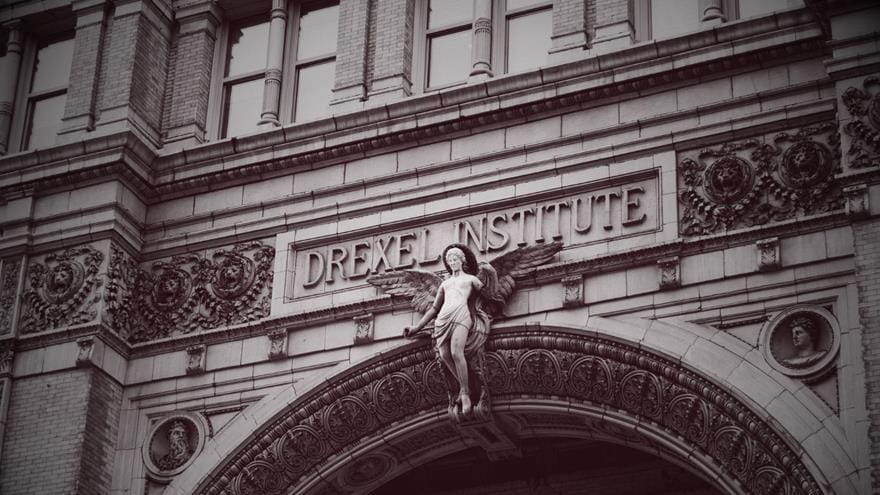Q&A: Dawn Medley on How Drexel is Tackling the FAFSA Delay

Drexel’s new Senior Vice President for Enrollment Management Dawn Medley, EdD, reported for work after the New Year with a desire to bring a “radical hospitality” culture to how Drexel welcomes and supports students.
Just four weeks in, she’s been tested by the Department of Education’s rollout of its new Free Application for Federal Student Aid (FAFSA) application. The process has been fraught with delays that are disrupting families and schools this season.
Last week, the Department of Education informed universities that availability of financial aid has been delayed until mid-March. This creates a challenging situation for universities when calculating their final financial aid offerings. Without this information, first-year students face a springtime of uncertainties over how to select and pay for their college.
For Medley, the FAFSA situation is an opportunity to put her principles into practice. At an Admitted Students Day over the weekend, she reassured families with an ironclad promise to honor their financial aid package estimates — a pledge the University rolled out this week called the Drexel Commitment: 2024.
In this Q&A, she described the Drexel Commitment: 2024 and how the University is striving to help students navigate this time of uncertainty.
Q: First of all, welcome to the job! FAFSA’s a mess. What’s happening?
A: Lawmakers wanted to simplify the FAFSA so more students would have access to aid. It was all well intentioned. But it was supposed to launch on Oct. 1, 2023. They missed that deadline, and each of the subsequent three deadlines. Now they have promised it will be ready March 15, 2024. But everyone in the U.S. educational system is skeptical that the Department of Education is going to deliver.
So families are scared. Students are nervous. It’s a huge financial investment and this is causing them a lot of stress.
Q: What is the Drexel Commitment: 2024 and how will it help?
A: The Drexel Commitment: 2024 is a pledge to build their financial aid packages based on an estimate produced by their CSS Profile, an alternate method for assessing financial need.
And we’re going to guarantee it. We want students to know that we have their back. So if we tell a student that they qualify for $4,000 of Pell Grant eligibility, and the FAFSA eventually comes in and says ‘No, actually, this student only qualifies for $3,500,’ we’re going to make up the additional $500.
Q: How has your personal journey as a first-generation student and Pell Grant recipient influenced your beliefs about access and student support?
A: Getting a Pell grant allowed me to attend the flagship institution in my state. I worked full-time in college, and it allowed me to get a degree. But I was expected to send money back to my family to help offset the cost of my two younger siblings’ education. A lot of families experience that, and if you haven’t been there, you wouldn’t necessarily know.
I think about how in my sophomore year my Pell grant hadn’t come in and I was $20 away from dropping out. A financial aid officer gave me an IOU to sign for the $20 that he dug out of his wallet. That kept me in school.
Now $20 may not be a big deal to me right now, but it is for a lot of students out there, and I put those students at the center of the work that I do. When I’m getting ready to spend money on something for our division, I always think about the family where someone’s working a second job, or the student who’s working a second job, or somebody who’s borrowed money to help that student go to school.
And if I couldn’t justify that expense to them, I’m not going to spend the money. I take a very social justice–oriented mindset to recruitment and enrollment.
Q: FAFSA aside, your career spans small private liberal arts schools and large public research universities. What attracted you to Drexel?
A: Drexel kind of came out of left field for me. I wasn’t really looking for a position. But the structure and stability appealed to me. I’ve had good success when I’m closely tied to student support and student success, and at Drexel there’s an intentional structure where that senior vice president is across the hall, and we partner on everything.
It was also attractive to have such stability of leadership under President John Fry. And the city. I’ve lived in Chicago, Detroit, Long Island. I missed working in the city and being part of an urban environment.
Q: Speaking of that, what are your impressions of Philadelphia?
A: My very first time in Philadelphia was my on-campus interview. I only knew about the food and music scene before coming to Philadelphia. I really like it. My husband and I plan to spend weekends going to the museums and lots of restaurants. The James Beard awards just came out, and my husband already has several bookmarked for us.
Q: Do you have a personal brand as an enrollment leader?
A: I’m a believer in radical hospitality. If I have a brand, it’s that.
Radical hospitality means that we don’t just answer the first question. We answer the next five. And if somebody comes on campus, they not only have a good experience, but we go above and beyond to make them see how they could be welcomed and how they could be supported. Everything we do needs to be focused around that hospitality and a scaffolding of support.
Q: All universities are dealing with changing demographics and workforce expectations. Do you see any challenges or opportunities that are unique to Drexel?
A: Strong institutions with good foundations will be just fine. But we can’t sit back. We have to line up our course and major offerings with what the job market needs — and make sure those decisions are informed by data.
I think we’re going to be fine in this demographic cliff. But it will be tough, and tight, and so it’s up to us to tell our story in a way that it lays out for 18-year-olds why we’re special and why a Drexel education is a value.
In This Article
Drexel News is produced by
University Marketing and Communications.

